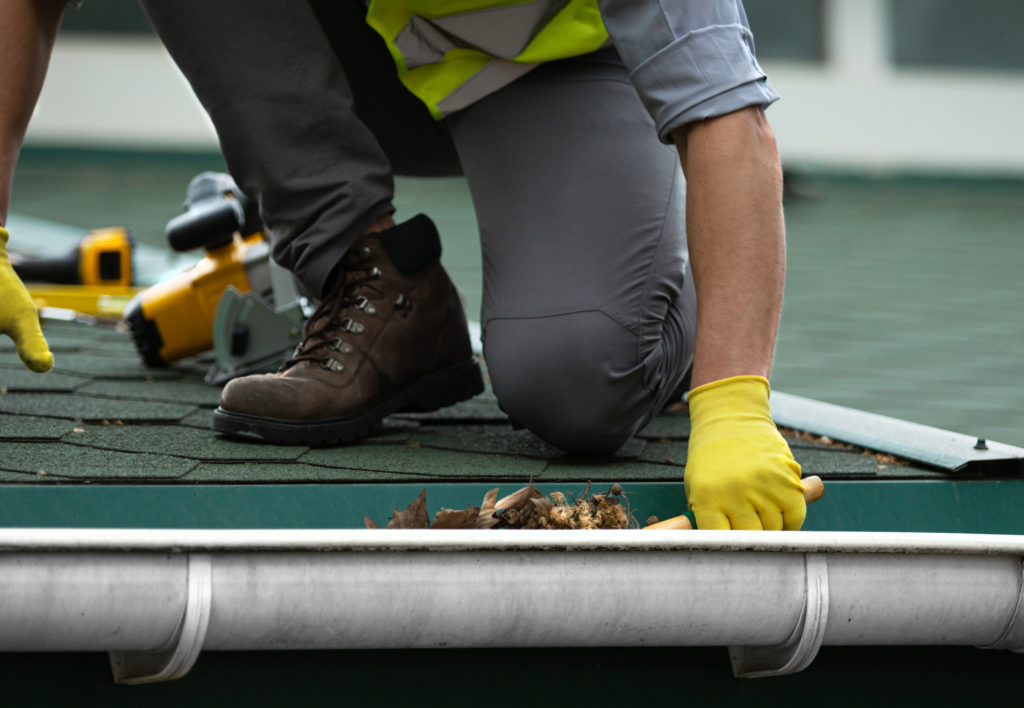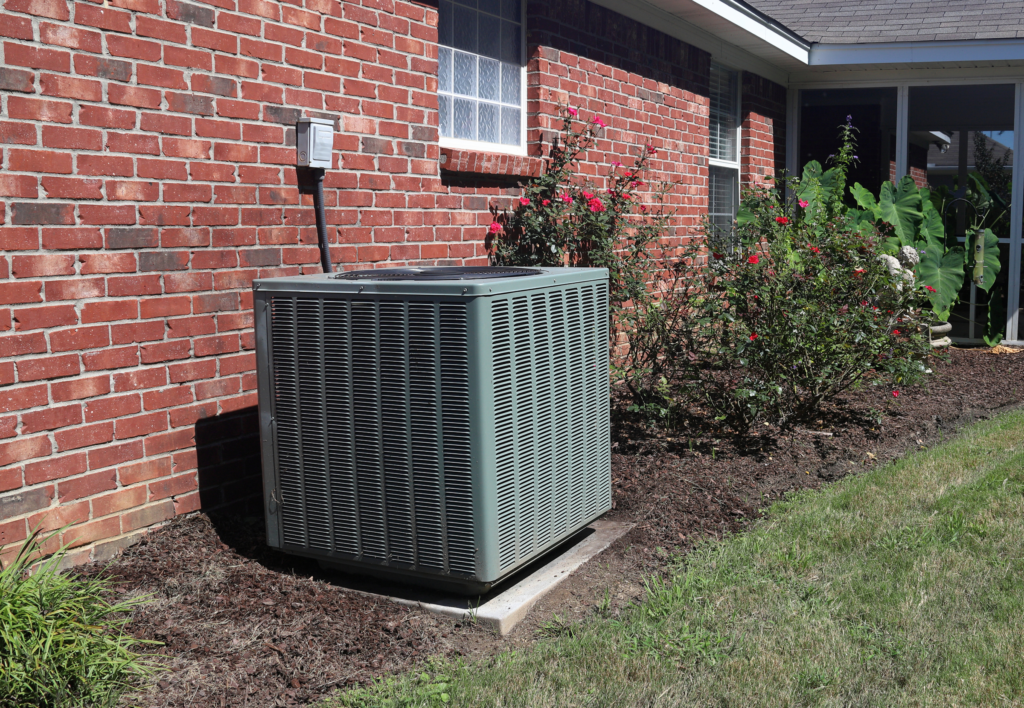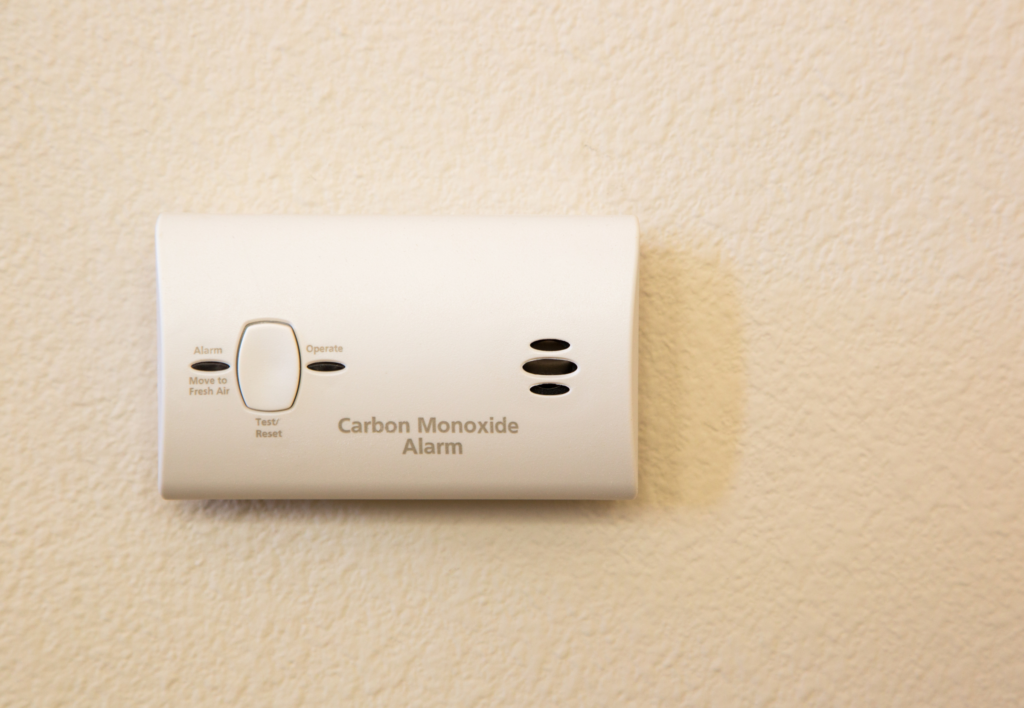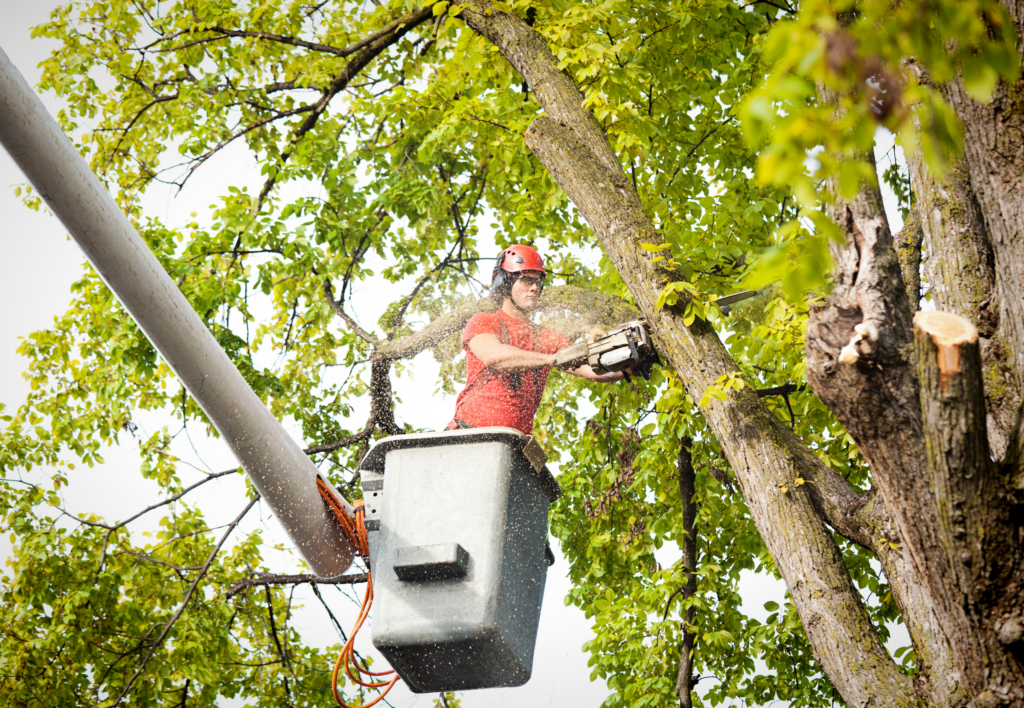The Homeowner’s Winter Maintenance Checklist: 12 Things You Shouldn’t Overlook
As the winter chill sets in, it’s crucial for homeowners to ensure their houses are well-prepared for the cold months ahead.
Neglecting winter maintenance can lead to costly repairs and inefficient energy use.
This checklist will guide you through the essential tasks to protect your home from the season’s harsh conditions, keeping you warm and your expenses down.
1. Inspect and Clean the Gutters
Neglected gutters can lead to the formation of ice dams, which may cause significant water damage to both the roof and the interior of your home.
According to the Insurance Information Institute, water damage and freezing account for almost 20% of all homeowners insurance claims.
Practical Tips:
- Safety First: Use a sturdy ladder and have someone spot you.
- Clear Debris: Remove leaves, twigs, and any other debris to ensure water can flow freely.
- Check Downspouts: Ensure they are clear of obstructions and direct water at least 5 feet away from your home’s foundation.
- Install Gutter Guards: Consider installing guards to minimize the amount of debris that collects in your gutters.

2. Check for Drafts and Seal Them
Drafts can increase your heating bill substantially. The U.S. Department of Energy reports that reducing drafts in a home can save 5% to 30% per year on energy costs.
Practical Tips:
- Detect Drafts: On a windy day, hold a lit candle or incense stick near windows, doors, and light fixtures and look for smoke movement.
- Use Weatherstripping: Apply weatherstripping around movable components like windows and doors.
- Apply Caulk: Seal gaps and cracks in stationary house components with caulk.
- Consider Insulated Curtains: Heavy-duty insulated curtains can also help keep the warmth in and the cold out.
3. Service Your Heating System
A well-maintained heating system is fundamental for winter comfort and safety. The U.S. Energy Information Administration states that heating accounts for about 29% of a home’s annual energy costs. Regular servicing can help maintain up to 95% of your furnace’s efficiency, according to the Indoor Air Quality Association.
Practical Tips:
- Schedule Annual Maintenance: Have a licensed professional inspect and service your furnace before the start of the heating season.
- Replace Filters Regularly: Change your furnace filters every 1-3 months to improve air quality and efficiency.
- Check Vents: Ensure all vents are open and unblocked to allow for proper airflow and distribution of heat.

4. Insulate Pipes to Prevent Freezing
Frozen pipes are a leading cause of home insurance claims in winter, with the Insurance Institute for Business & Home Safety noting that a single burst pipe can result in more than $5,000 in water damage.
Practical Tips:
- Identify At-Risk Pipes: Look for pipes in unheated areas like basements, attics, and garages, as well as those running along exterior walls.
- Insulate: Use foam pipe insulation to cover exposed pipes. For extreme temperatures, consider thermostatically controlled heat tape.
- Keep a Drip: During severe cold snaps, keep a slight trickle of water flowing through faucets served by exposed pipes to prevent freezing.
5. Test Smoke and Carbon Monoxide Detectors
The National Fire Protection Association reports that the risk of home fires increases during the winter due to the use of heating equipment.
Carbon monoxide incidents are also more common, making detectors lifesaving devices.
Practical Tips:
- Test Detectors Monthly: Press the test button to ensure they are working. If the alarm sound is weak, replace the batteries immediately.
- Replace Batteries: Even if the test is successful, replace batteries at least once a year.
- Check Expiry Dates: Smoke alarms should be replaced every 10 years and carbon monoxide detectors every 5-7 years.

6. Reverse Ceiling Fans
Many homeowners are unaware that ceiling fans can be used to optimize their home’s temperature during winter.
By reversing the direction of the fan to clockwise, the fan will push warm air that has risen to the ceiling back down into the room, potentially cutting heating costs by as much as 10%, according to Energy Star.
Practical Tips:
- Adjust the Direction: Locate the switch on the fan’s body to reverse the blade direction.
- Use the Low Setting: Run the fan on its lowest setting to gently push warm air down without creating a draft.
- Remember to Switch Back: Once the weather warms up, remember to switch the fan direction back to counterclockwise for cooling.
7. Prepare an Emergency Kit
Winter storms can lead to extended power outages and being snowed in. The American Red Cross recommends having an emergency kit ready for such unexpected events.
Practical Tips:
- Essential Items: Your kit should include water (one gallon per person per day), non-perishable food, a flashlight, a battery-powered or hand-crank radio, extra batteries, a first-aid kit, a 7-day supply of medications, and personal hygiene items.
- Stay Warm: Pack extra blankets, warm clothing, and hand warmers to keep your body temperature regulated.
- Stay Informed: Include a list of emergency contacts and local emergency numbers, as well as copies of personal documents.
8. Protect Entryways from Snow and Salt
Winter can be tough on your home’s entryways with the constant tracking in of snow, ice, and salt, which can damage floors and carpets over time.
Practical Tips:
- Use Quality Mats: Place heavy-duty mats both outside and inside all entryways to catch as much snow and salt as possible.
- Implement a Shoe Station: Encourage family members and guests to remove their shoes upon entering to minimize mess.
- Regular Cleaning: Sweep or vacuum regularly to remove any salt or debris, and use a damp mop on floors to prevent salt from damaging floor finishes.
9. Trim Tree Branches
Winter storms can weigh down branches with ice and snow, causing them to break and potentially damage your home, car, or power lines.
The U.S. Forest Service recommends pruning trees to maintain their health and prevent property damage.
Practical Tips:
- Inspect Trees: Look for dead, damaged, or overhanging branches that could break off under the weight of snow and ice.
- Hire Professionals: For large trees or branches high off the ground, it’s safer to hire a certified arborist to do the job.
- Proper Pruning: If you’re doing it yourself, make sure to use the proper pruning techniques to avoid damaging the tree.

10. Check the Roof for Damage
Your roof is your home’s first line of defense against the elements. According to the National Roofing Contractors Association, homeowners should inspect their roofs twice a year to prevent minor issues from becoming major problems.
Practical Tips:
- Visual Inspection: From the ground, use binoculars to check for missing, damaged, or loose shingles.
- Clear Debris: Remove any debris such as branches or leaves that can trap moisture and cause the roof to deteriorate.
- Inspect Flashing: Ensure that the flashing around chimneys, vents, and skylights is intact and sealed properly.
11. Schedule a Chimney Sweep and Inspection
The Chimney Safety Institute of America advises that dirty chimneys can cause chimney fires. Regular inspections and cleanings are crucial, especially if you use your fireplace frequently.
Practical Tips:
- Hire a Certified Chimney Sweep: Look for professionals certified by the Chimney Safety Institute of America (CSIA) to ensure a thorough cleaning and inspection.
- Check for Obstructions: Make sure there are no bird nests or other blockages that could prevent smoke and gases from venting out properly.
- Inspect for Damage: Have your chimney inspected for any signs of structural damage or wear that could be dangerous or reduce efficiency.
12. Review Homeowners Insurance
Winter weather brings risks such as frozen pipes, snow accumulation, and ice dams, which can all lead to potential home insurance claims.
The Insurance Information Institute underscores the importance of understanding your policy and ensuring you have adequate coverage for winter-related damages.
Practical Tips:
- Understand Your Policy: Review your policy to know what is and isn’t covered. For instance, standard policies often cover damage from burst pipes but not from flooding.
- Check Coverage Limits: Ensure your coverage limits are sufficient to rebuild or repair your home in the current market.
- Consider Additional Coverage: Look into additional coverage for flood or sewer backup if your area is prone to these issues.
- Document Your Home: Keep an up-to-date home inventory and document any upgrades or improvements you’ve made, as this can help expedite the claims process if needed.
Let Us Know How We’re Doing!
Did this expertly prepared resource answer your question?
Do you have another question about home maintenance, home improvement projects, home appliance repair, or something else?
Get more information, send in questions and keep the discussion going by contacting the I’ll Just Fix It Myself company customer service team at at 1-800-928-1490 or Email us at [email protected]
